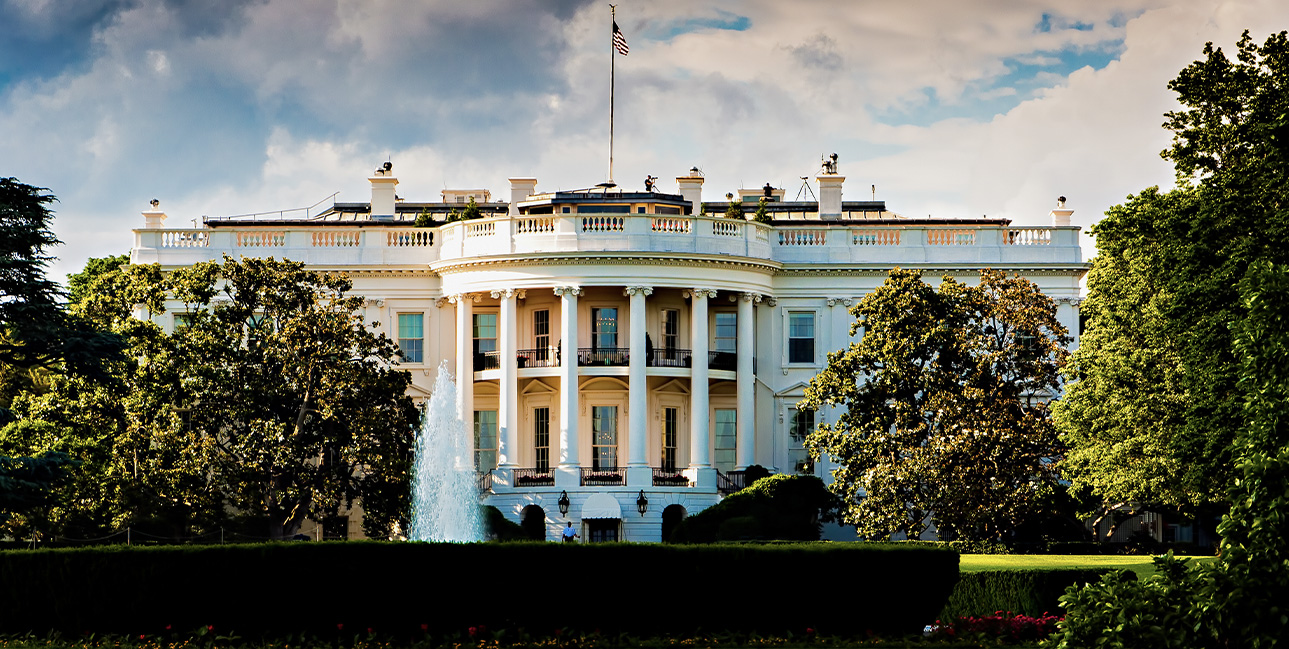Blog
May 30, 2024
Placing political appointee turnover in the Bush, Obama, Trump and Biden administrations in context
Given the long hours and tough responsibilities at Cabinet agencies, presidents can expect departures among Senate-confirmed leadership. While turnover is expected, high departure rates can pose significant challenges for day-to-day agency operations and long-term planning.
Turnover in the modern context is more troublesome than ever before. Our research shows that Senate confirmation times have grown for each subsequent administration while nomination success rates have progressively declined. This means that, when agency leaders depart, it will take significantly longer to replace them than it did for previous presidents. As a result, many positions remain vacant for extended periods of time.
Using our political appointee tracker and other data sources, we have examined the rates of Senate-confirmed appointee turnover during the four most recent administrations. As we look to personnel changes following the November election—whether it be a second term for the incumbent or a new administration—a retrospective on turnover helps put recent personnel challenges in context.
We analyzed turnover among presidential nominees in major departments and agencies,1 excluding U.S. marshals and attorneys. To make an equivalent comparison with the ongoing Biden administration, we looked at each president’s first term up until April 1 of their fourth year in office.
| Administration | Bush | Obama | Trump | Biden |
|---|---|---|---|---|
| Total Departures | 105 | 73 | 94 | 34 |
| Tracked Positions | 353 | 359 | 385 | 392 |
| Total Turnover Rate | 30% | 20% | 24% | 9% |
The Bush administration experienced the highest total turnover at 30% during this period of time. Trump and Obama had lower and more comparable turnover rates at 24% and 20%, respectively. Biden experienced significantly less turnover than his predecessors at 9%.

Looking closer at these departments by president, the total turnover rates during the Bush and Obama administrations (59% and 30% respectively) were greatly impacted by Treasury Department departures. As for the Department for Veterans Affairs, Bush and Trump received the highest rates of turnover (50% and 33% respectively). The Department of Commerce—despite undergoing some of the highest rates of turnover on average—did not experience any turnover during the Biden administration through this past April. Moreover, there were no departures of Biden appointees during this period at the Environmental Protection Agency, or at the departments of Education and Energy. Similarly, the Trump administration had no turnover of its appointees at the Department of Agriculture despite turnover rates at other departments.
The departments of Transportation and Homeland Security also highlight differences. Trump experienced roughly five times more turnover than previous administrations at DHS (53%), the second highest rate of any other department. As for Biden, the DOT experienced the second highest rate of total turnover so far during his presidency (17%), exceeding two previous administrations but trailing the Bush administration (38%). For context, DHS had an average turnover rate of 21% while DOT’s rate was 20% during the past four administrations. While Trump had more than double the average turnover at DHS, Biden remains below the DOT average.

For each administration, turnover peaked during year three with relatively low turnover in other years. Compared to recent presidents, Biden has maintained low turnover, rising only to 6% during his third year. Obama was the next lowest in year three turnover, but the rate was nearly double at 13%. The second year of administrations has had low turnover in general, with the highest turnover occurring during the Trump administration (6%). For all four presidents, the first year had turnover rates at or below 1%.
Recent success during the Biden administration at limiting turnover rates is an important development in light of increasing confirmation delays. Even as turnover appears to have tempered during the current administration, there are greater ramifications for each departure as it becomes more difficult to confirm a replacement.
The challenger candidate in the 2024 election must consider how to staff an entire administration, but even the incumbent candidate must take proactive steps to avoid trends from previous second term presidents to retain leaders in key positions in order to achieve policy goals.
1 As defined by the Chief Financial Officers (CFO) Act of 1990 (Public Law 101–576).
This blog post was authored by Husam AlZubaidy, an associate at the Partnership’s Center for Presidential Transition.



